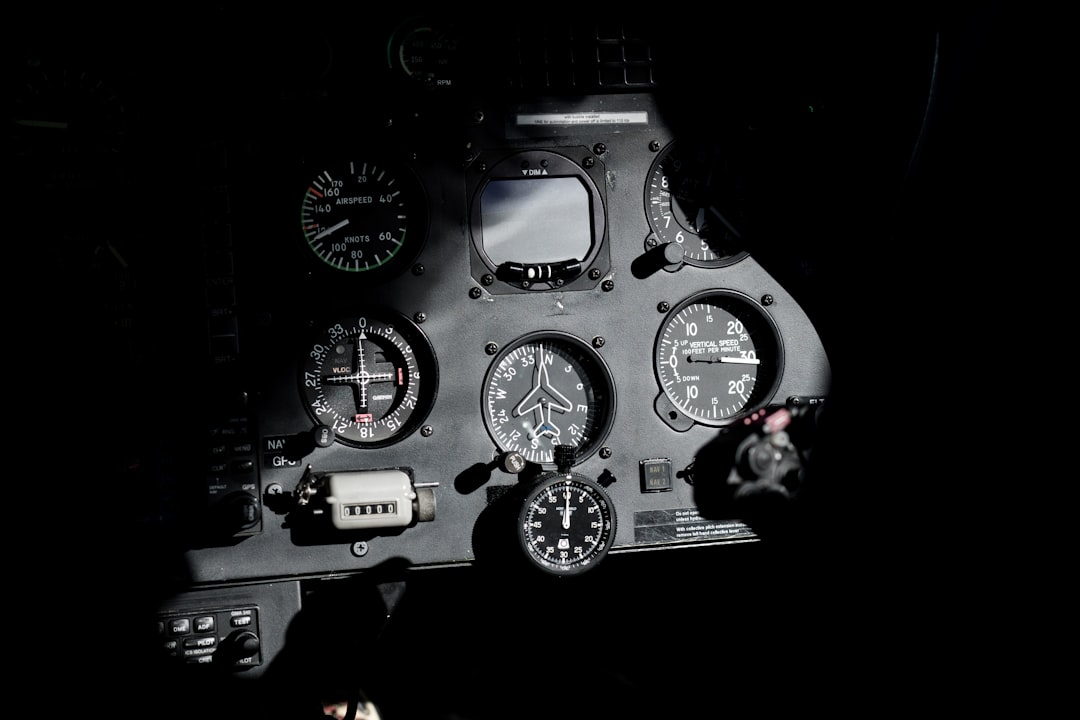So, you’ve finished 12th grade with science and dream of soaring through the skies? Becoming a pilot is an amazing goal! It’s a challenging but rewarding career. This guide will help you understand how to turn that dream into reality after your 12th-grade science studies.
Is Becoming a Pilot Right for You?
Before diving into the details, ask yourself: Do you love flying? Are you good at math and physics (because they’re important!)? Are you comfortable making quick decisions under pressure? Do you have good eyesight and overall health? If you answered “yes” to most of these, then you’re likely on the right path!
What are the Different Paths to Becoming a Pilot?
There are a few different ways you can become a pilot after finishing 12th grade with science. Here are the most common ones:
- Commercial Pilot License (CPL): This is the most popular route. It focuses on training you to fly for airlines and other commercial operations.
- Bachelor’s Degree in Aviation: Some universities offer degree programs that combine academic studies with flight training.
- Defense Forces (Air Force, Navy): Joining the Air Force or Navy is another way to become a pilot, but it involves a commitment to serving your country.
Commercial Pilot License (CPL): A Closer Look
Let’s break down the CPL route in more detail. Here’s what you can expect:
Eligibility Criteria:
- You must have passed your 12th-grade exams, preferably with Physics and Mathematics.
- You need to be at least 17 years old to start training and 18 to get the license.
- A Class 1 medical certificate is essential. This confirms you are physically fit to fly. You’ll need to pass a thorough medical exam by an approved aviation doctor.
The Training Process:
- Ground School: This is where you learn the theory of flight, navigation, meteorology (weather), air regulations, aircraft systems, and other essential knowledge.
- Flight Training: This is the exciting part! You’ll start with basic flight maneuvers in a training aircraft under the guidance of a certified flight instructor. You’ll gradually progress to more advanced skills, like cross-country flying, night flying, and instrument flying.
- Flying Hours: To get a CPL, you need to log a certain number of flying hours (usually around 200 hours). This includes both dual (with an instructor) and solo flying.
- Exams: You’ll need to pass written exams on the subjects you learned in ground school and practical flight exams to demonstrate your flying skills.
Bachelor’s Degree in Aviation
A Bachelor’s degree in Aviation combines flight training with academic subjects related to aviation management, air traffic control, and other aspects of the industry. This gives you a broader understanding of aviation and may open up more career options in the long run.
Benefits of a Degree:
- A more comprehensive education in aviation.
- Potentially better job prospects in the long term.
- Opportunities for advancement into management roles.
Pilot Training Costs
Pilot training can be expensive. The cost of a CPL can range from ₹25 lakhs to ₹40 lakhs or even more, depending on the flying school and the type of aircraft used. A Bachelor’s degree in Aviation will also involve tuition fees in addition to flight training costs.
Important Tip: Research different flying schools carefully and compare their fees, training programs, and aircraft. Look for reputable schools with experienced instructors.
Career Opportunities After Pilot Training
Once you have your CPL, you can start your career as a pilot. Some common career paths include:
- Airline Pilot: Flying passengers or cargo for major airlines.
- Charter Pilot: Flying private planes for individuals or businesses.
- Cargo Pilot: Transporting goods for cargo companies.
- Flight Instructor: Teaching others how to fly.
- Corporate Pilot: Flying executives and employees for companies.
Important Skills for Pilots
Besides technical skills, successful pilots also need:
- Excellent Communication Skills: To communicate clearly with air traffic control, crew members, and passengers.
- Problem-Solving Skills: To handle unexpected situations and make quick decisions.
- Teamwork Skills: To work effectively with other members of the flight crew.
- Stress Management Skills: To remain calm and focused under pressure.
Frequently Asked Questions (FAQs)
What subjects should I focus on in 11th and 12th if I want to become a pilot?
Focus on Physics and Mathematics. These subjects provide the foundation for understanding the principles of flight and navigation.
Is there an age limit to become a pilot?
While there’s no strict upper age limit to start training, airlines usually have age restrictions for hiring pilots due to mandatory retirement ages.
What is a Class 1 medical certificate, and how do I get one?
A Class 1 medical certificate is a medical assessment that proves you are fit to fly. You need to undergo a medical examination by a certified aviation doctor approved by the aviation authority in your country.
Can I wear glasses and still become a pilot?
Yes, you can, but your vision must meet specific requirements. Corrective lenses are allowed, but your uncorrected vision must also meet certain standards. This will be assessed during your medical examination.
What are the best flying schools in India?
Some reputable flying schools in India include the Indira Gandhi Rashtriya Uran Akademi (IGRUA), Rajiv Gandhi Academy for Aviation Technology, and various private flying schools across the country. Research and compare them based on your needs and budget.
How can I finance my pilot training?
Pilot training loans are available from various banks and financial institutions. You can also explore scholarships and sponsorships offered by aviation organizations and airlines.
Becoming a pilot requires dedication, hard work, and a significant financial investment. But if you’re passionate about flying and willing to put in the effort, it can be an incredibly rewarding career. Good luck on your journey to the skies!

